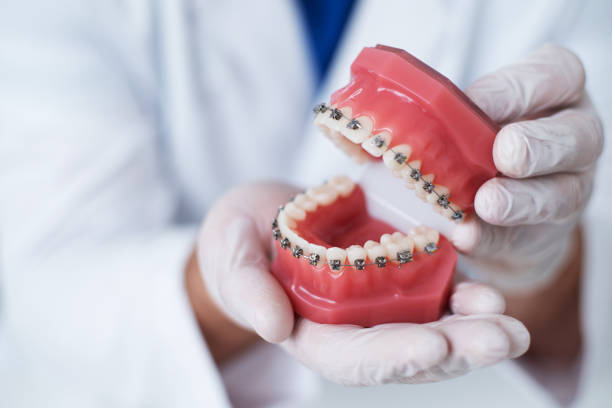Americans pay up to usd7,500 for braces per person, but it’s worth it.And not just for that perfect, Instagrammable smile. You see, misaligned teeth are tricky to clean, increasing your risk of tooth decay, gum disease, or even tooth loss. That’s where braces can help straighten out the problem. But moving teeth is no easy feat, because there’s something in the way: your jawbone.
Now, the orthodontist doesn’t take out a drill and break your jaw themselves. Instead, they trick your body into doing the hard work for them. That’s where braces come in. The wires are tightened across your teeth in order to create pressure against your gums. In turn, that pressure constricts blood flow to the tissue that holds your teeth in place, sort of lie squeezing a hose to stop the water. And without blood, the tissue cells start to die. Now, normally, that would be a major problem because without that supportive tissue, your teeth could fall out. But, in this case, that’s exactly what the doctor, or, dentist, ordered. Because your immune system rushes to the rescue, sending in special cells called osteoclasts, which ultimately relieve the pressure and restore blood flow. They do this by sucking away the calcium from your jaw bone. Yes, the cells are literally dissolving your bone. It may sound like an extreme solution to the problem, but the result is a nice hole in your jawbone where the tooth can move in away from the wires and all that pressure, ultimately restoring blood flow, so that the tissue stays alive and your teeth don’t fall out.
But you don’t just do all of this once. People with braces have to check in with their orthodontist regularly because they need their braces retightened. So more teeth can move into place. And the more teeth you have to move, the longer the braces will be on. Typically it takes months to a couple years to get the job done, but, eventually, the ordeal ends, the braces come off for good, and you can enjoy your new smile.
Post time: Apr-20-2023


